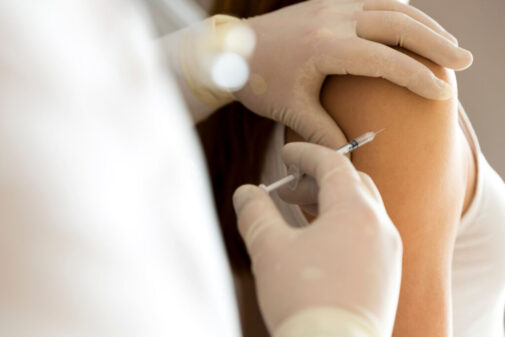How germ-free is your kitchen?

If you think you keep a fairly clean kitchen, a study from the National Sanitation Foundation (NSF) may make you reconsider your whole kitchen cleaning routine.
Just what places in your kitchen are the germiest? According to a 2013 Household Germ Study the NSF conducted, common kitchen appliances and tools seem to be the biggest culprits.
Study participants included 20 southeastern Michigan families that swabbed 14 kitchen items. NSF microbiologists then examined the findings looking for pathogens such as E. coli, salmonella, Listeria, mold and yeast.
The study findings revealed that everyday kitchen items regularly used for food prep harbor pathogens that could potentially cause foodborne illness.
Statistics from the Centers for Disease Control and Prevention (CDC) estimate that due to foodborne diseases 48 million people, (or 1 in 6 Americans), fall ill; 128,000 end up in the hospital; and 3,000 die.
In an effort to stem this tide, the NSF identified which areas tend to be greater germ magnets and specific cleaning tips to keep your kitchen safe.
Some of the areas NSF highlighted included:
Refrigerator vegetable compartment
Possible germs: Salmonella, Listeria, yeast and mold
Refrigerator meat compartment
Possible germs: Salmonella, E. coli, yeast and mold
NSF cleaning recommendations:
Each month, using a clean sponge or soft cloth, wash the compartment/drawer with a mild detergent mixed with warm water. If odor is a problem, use 1 quart of warm water mixed with 1-2 tablespoons of baking soda. Rinse and wipe dry.
Also remember to keep washed produce away from unwashed produce. Store produce separately from meat poultry and seafood to prevent any raw juices from dripping on the produce.
Blender gasket
Possible germs: Salmonella, E. coli, yeast and mold
NSF cleaning recommendations:
Disassemble the blender, removing the blade and gasket at the bottom. If all parts are dishwasher-safe, place all pieces in the dishwasher after each use. If washing by hand, wash each part in hot soapy water. Allow all pieces to dry before reassembling.
Can opener
Possible germs: Salmonella, E. coli, yeast and mold
NSF cleaning recommendations:
If the can opener is dishwasher-safe, after every use, place it in the dishwasher. If washing by hand, wash in hot soapy water, paying careful attention to remove any food residue from the area around the cutting blades.
Rubber spatula
Possible germs: Salmonella, E. coli, yeast and mold
NSF cleaning recommendations:
If the spatula is dishwasher-safe and the handle can be removed, wash both pieces in the dishwasher after each use. For hand washing, hot soapy water is fine. For one-piece spatulas that are dishwasher-safe, place them in the dishwasher after each use. When hand washing, wash in hot soapy water, paying particular attention to the area where the spatula meets the handle. Rinse thoroughly and dry.
Food storage container with rubber seal
Possible germs: Salmonella, yeast and mold
NSF cleaning recommendations:
For dishwasher-safe containers, place the lid and the container in the dishwasher and wash after each use. For hand washing, place both lid and container in hot soapy water, being careful to clean around the seal and any grooves where the cover touches the container. Rinse thoroughly and air dry.
Dr. David Beezhold, an infectious disease specialist with Advocate Physician Partners, adds that it’s important to rewash raw vegetables and fruit. “They come pre-washed but are often placed in contaminated refrigerator drawers,” he explains.
He also emphasizes the importance of good hygiene. “Good hand hygiene in the kitchen is a must. People must wash hands after exposure to raw meat before touching anything else and clean surfaces exposed to raw meat immediately with cleaner that kills salmonella, E. coli, etc.”
Related Posts
Comments
About the Author

health enews staff is a group of experienced writers from our Advocate Health Care and Aurora Health Care sites, which also includes freelance or intern writers.
















